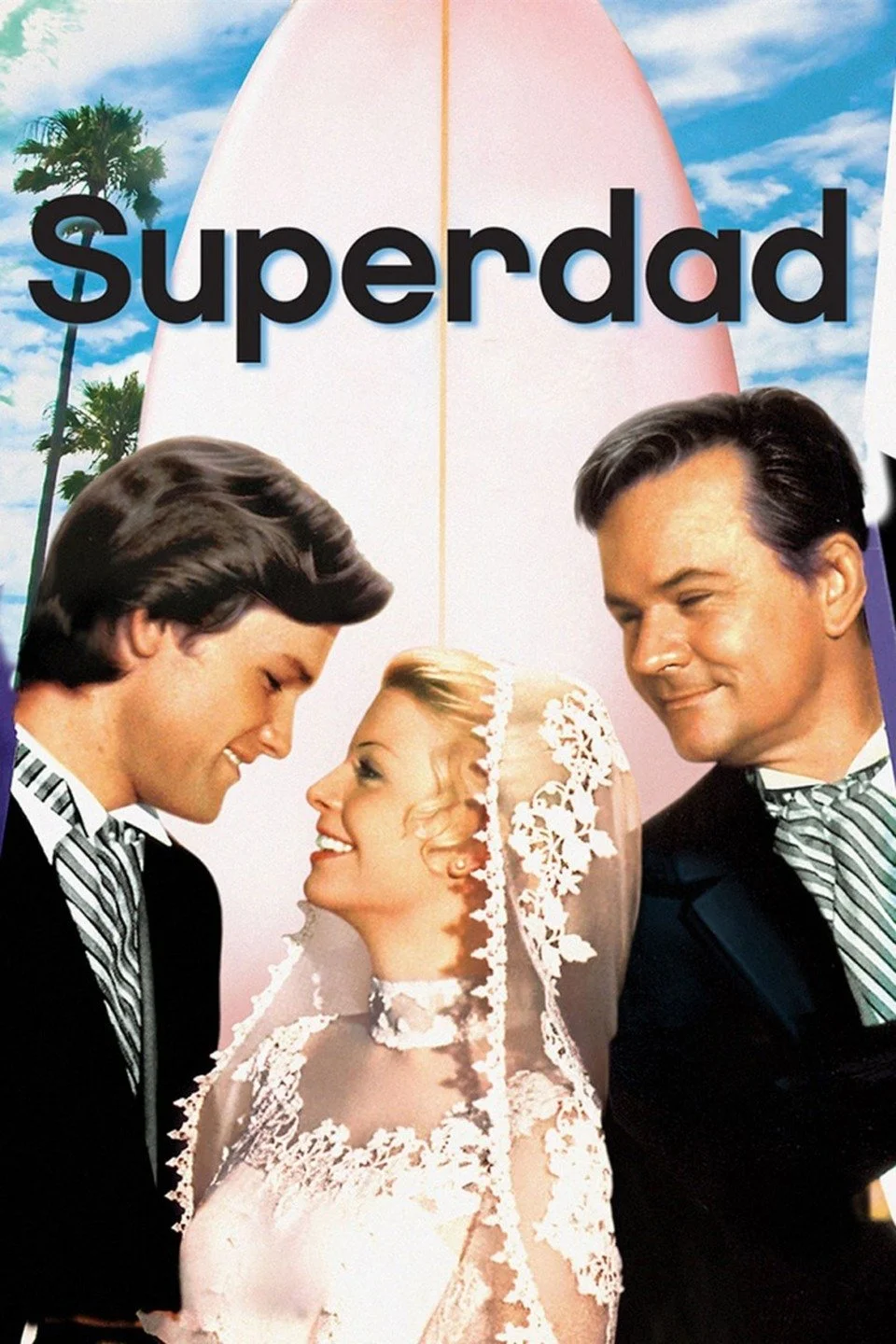By Larry Clinton, Sausalito Historical Society
1888 photograph by Napoleon Sarony, used as a model for the engraving of the first Sherman postage stamp issued in 1893.
Source: Wikipedia
William Tecumseh Sherman, born on February 8, 1820, in Lancaster, Ohio, was named in honor of the great Shawnee Indian leader and warrior. During the Civil War, he gained notoriety by burning much of Atlanta while conducting his destructive march to the sea. But nearly twenty years before that, he paid a brief visit to our little village.
“In the spring of 1846 I was a first-lieutenant stationed in South Carolina,” wrote Sherman in his memoirs. “The country now known as Texas had been recently acquired and war with Mexico was threatening.”
Seeking combat experience, the young West Point graduate got himself transferred to California, which he reached after a voyage around Cape Horn on the US Lexington, a sloop-of-war converted to a store-ship. In January 1847, at the conclusion of a 198-day journey, he arrived in Monterey, which was then the capital of the Mexican province of Alta California. What he found was a state of confusion following the short-lived Bear Flag Revolt in Sonoma, with various American military commanders vying for leadership of the newly-conquered territory.
In the spring of 1848, Sherman and his commander, Colonel Mason, were informed of the discovery of gold at Sutter’s Mill. Mason put together a small party to investigate Sutter’s claim in person, and Sherman joined the group, which traveled by horseback to Yerba Buena, as San Francisco was known back in those pioneer days.
“The first difficulty was to cross the bay to Saucelito,” Sherman wrote, using the original spelling of our city’s name. His party had to transport their horses across the Bay, using “a sort of scow with a large sail, that could not come within a mile of the shore. It took nearly the whole day to get the old scow up to the only wharf there, and then the water was so shallow that the scow, with its load of horses, would not float at the first high tide, but by infinite labor on the next tide she was got off and safely crossed over to Saucelito. We followed in a more comfortable schooner. Having safely landed our horses and mules, we packed up and rode to San Rafael Mission.” From there the party rode on to Bodega, Petaluma and Sonoma, where they visited with General Vallejo.
When they reached the Sacramento River, Sherman recalled, “the only means of crossing over was by an Indian dugout canoe. We began by carrying across our packs and saddles, and then our people. When all things were ready, the horses were driven into the water, one being guided ahead by a man in the canoe. Of course, the horses and mules at first refused to take to the water, and it was nearly a day's work to get them across, and even then some of our animals after crossing escaped into the woods and undergrowth that lined the river, but we secured enough of them to reach Sutter's Fort.
“Already,” Sherman noted, “the gold-mines were beginning to be felt. Many people were then encamped, some going and some coming, all full of gold-stories, and each surpassing the other.”
Sherman’s party spent a week verifying the gold discoveries “which at the time were confined to the several forks of the American and Yuba Rivers.” Then they headed back to Monterey.
In 1853, Sherman resigned his commission and became manager of the San Francisco branch of the St. Louis-based bank, Lucas, Turner & Co. According to Wikipedia, on his way back here, he survived two shipwrecks and floated through the Golden Gate on the overturned hull of a foundering lumber schooner. Sherman later recalled: "I can handle a hundred thousand men in battle, and take the City of the Sun, but am afraid to manage a lot in the swamp of San Francisco.” In 1856, during the vigilante period, he served briefly as a major general of the California militia.
Sherman's San Francisco branch closed in May 1857, and he relocated to New York on behalf of the same bank. When the bank failed during the financial Panic of 1857, he closed the New York branch. In early 1858, he returned to California to wrap-up the bank's affairs here.
When the Civil War broke out, Sherman secured a commission in the regular army where he rose through the ranks as the war dragged on. When General Grant assumed the U.S. presidency in 1869, Sherman succeeded him as Commanding General of the Army. In that capacity, directed the Indian Wars over the next 15 years. He eventually died of pneumonia in New York City in 1891.
Thanks to Historical Society member David Sheehan, who discovered the Saucelito reference in Sherman’s memoir and brought it to my attention.



